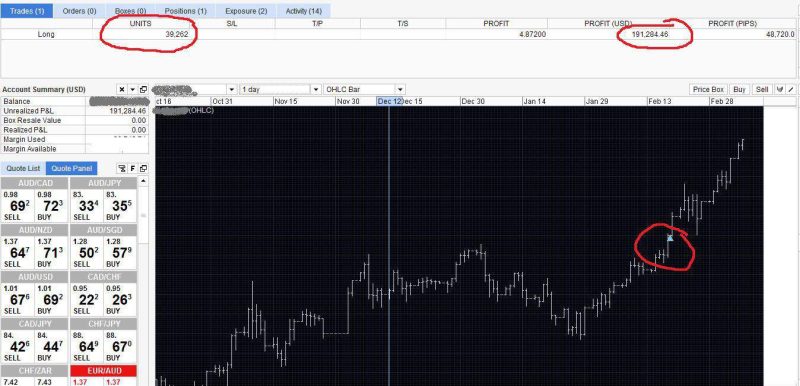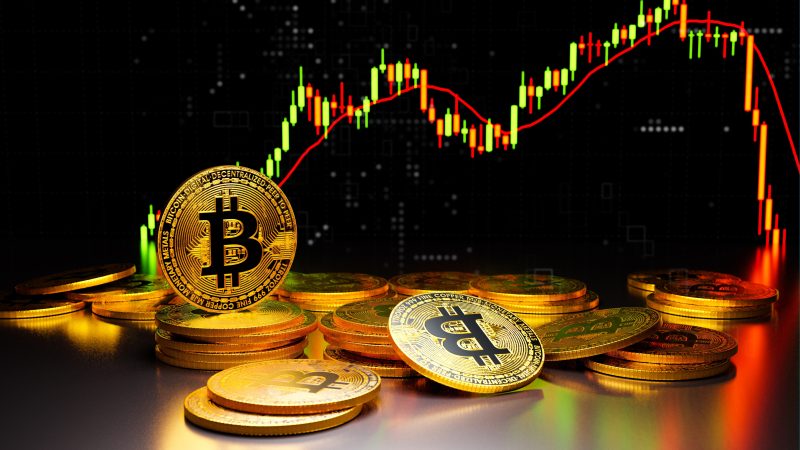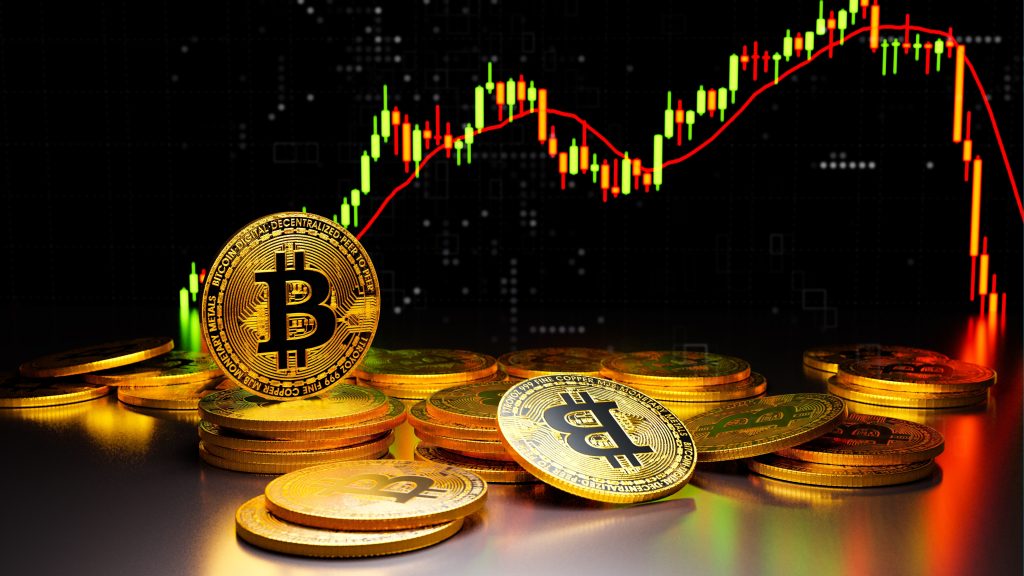
Every currency gets plagued by inflation, the internal enemy that undermines the value of money. Basically, inflation reduces the buying power for something. Historically inflation has appeared in many countries and no currency is safe if the appropriate economic and political circumstances are present.

Many government and financial institutions, have been implementing programs to tackle the problems of inflation. But at its core inflation emerge when the money supply increases in a short period. This situation was something the creators of Bitcoin, took into account when establishing the digital currency.
Their solution was halving, the most important event in Bitcoin's blockchain. The halving occurs every four years and the aim is to reduce the amount of available bitcoin and in turn raise the interest for the cryptocurrency. However, not everybody is happy with halving, especially stakeholders that face the implications of bitcoin halving.
Also Read: What Is Wrapped Bitcoin?
Contents
- What Is the Bitcoin Network
- The Process of Bitcoin Mining
- What Is Bitcoin Halving?
- Block Reward
- How Is the Bitcoin Network Affected by Halving?
- Why Halving Occurs Every Four Years?
- What's the Importance of Bitcoin Halving?
- Conclusion
- FAQs
What Is the Bitcoin Network
Before taking a deep dive into the concept of Bitcoin halving, it's important to have a clear perspective of the mechanism behind the Bitcoin network.
The underlying technology for cryptocurrency is the popular blockchain. Which is an accumulation of nodes that get used for keeping the software active, and collecting the transaction history that is occurring.
Every completed node functions as an archival database that houses the complete Bitcoin history, which regulates the rejections and approval for transactions on the network run by Bitcoin.
For this to get accomplished the computers running the software have to perform a series of checks to guarantee the validity of the transaction. Making sure that the transaction keeps the appropriate parameters, and is within the necessary length. The transaction gets verified separately.
It usually happens when every transaction within a block is green-lighted. Following the approval, that transaction is added to the current blockchain and that fact is sent to the other computers in the network.
For the bigger stability of the network, additional computers on the blockchain will improve security. The key point is that everybody gets welcomed to join the Bitcoin network, the only condition is for the person is to have the equipment that supports blockchain technology .
The Process of Bitcoin Mining
Bitcoin mining has been a popular term, although most people don't understand what it means. It would be a mistake to perceive the term mining literally, there is no physical digging for metals. Bitcoin miners work on resolving mathematical equations and verify the legitimacy of the transactions.
Mining is the process of harnessing the processing power of their personal computers to engage with the blockchain network that runs Bitcoin. And have a role as a processor and validator of transactions. In Bitcoins case, there is a system named proof of work.
The point is for miners to confirm that they have done their part in the process and are eligible for rewards. Miners don't only invest their computers but also energy, a computer that gets used to support Bitcoin mining requires a lot of electricity. Time is also an investment and a factor that should not get neglected.
What Is Bitcoin Halving?
Some people are under the wrong impression, that because Bitcoin is digital that means it can get replicated or created without limits. But one of the important propositions is scarcity that can get verified. When Bitcoin was established, two key principles were implemented that relates to scarcity.
The first decision was to have a fixed number of coins, and the cutoff point for producing the cryptocurrency is 21 million bitcoin. Recent information suggests that about two million Bitcoin remains to be mined.
The second decision that was made before the launch of the digital coin, was that every 4 years the quantity of new bitcoin added to the network is going to get reduced by half. This concept is what is known as halving.
The last halving happened in 2020 when every ten minutes the network received 12 new coins. But following the halving, the number got reduced to six Bitcoins. The next halving is scheduled for 2024 when the number will decline to three. This tempo will continue every four years, with a predicted end date in 2140, when the initial number of 21 million will be fulfilled.
Block Reward
Following the mining of 210,000 blocks, it usually happens in a time frame of four years. And the block reward that miners received for participating in the transaction processing is reduced in half. This is known as halving, as previously mentioned it reduces the number of new coins released by half the previous rate. This is the tactic Bitcoin implements to create price inflation and will get practiced until every bitcoin gets released.
Miners can expect to get compensated until 2140, and unlike the previous payment that was done in new Bitcoins, in the future its expected miners to be paid from the transaction fees the network will collect for processing transactions. Proving incentive for miners to stay active and keep the network functioning.
The halving is crucial because it signals another round of reduction in the supply of Bitcoin. The previous reward system rewarded miners for every new block with fifty Bitcoins.
The first halving event cut in half that figure to 25, and next brought the number to 12, and with the last halving, it's down to six Bitcoins per block. The concept behind halving is to create scarcity and in effect influence the price to rise. And as previously said the halving events will continue until 2140.
How Is the Bitcoin Network Affected by Halving?
Because Bitcoin halving is a significant event, there is the ramification for every involved party in the Bitcoin protocol when fewer bitcoins enter circulation. The sides that are more impacted are the investors and the miners.
The workings of the Bitcoin ecosystem are complex, and not just from a technical aspect, but also the market dynamic. With a reduced supply in Bitcoins, the demand will rise and drive the price.
Yet at the same time, there will be fewer rewards for miners, and most of them may have to live the ecosystem. Because they will not be able to compete with bigger organizations that can keep working and compete while receiving smaller compensation.
Research has shown that what the price of cryptocurrencies rises the number of miners gets reduced. At the same time, the opposite is true if the circumstances change in the other direction.
One problem with halving is that when the cycle arrives the price will rise and the miners will leave the network, making it susceptible to attacks, in effect reducing its security. Investors are always looking forward to halving. Because demand will increase after the supply gets limited, the result will be a price increase. Trading on the cryptocurrency picks up speed ahead of halving.
Also Read: Bitcoin Mining Rig: All questions answered
Why Halving Occurs Every Four Years?
The algorithm that controls Bitcoin mining is programmed to locate new blocks every ten minutes. Yet when the number of miners active on the network increases, they will increase the processing power of the network, which results in a reduction in the time necessary to identify blocks.
The solution for this situation is to change the difficulty level of mining, in other words how demanding will be for the computer to resolve the algorithm, and this is performed every two weeks to realign the target set in ten minutes. The network is constantly growing, but at the same time, the average time necessary to identify a block remains ten minutes.
There is a theory about the possible reason for the implementation of Bitcoin halving. The suggested idea was to inspire more people to participate in the network, by allocating the largest percentage of generated coins in the initial stages of the project. Enticing more people to engage as miners and creating a trend that will fuel the popularity of the asset.
What's the Importance of Bitcoin Halving?
If there is a persistent demand for Bitcoin, the reduction in new Bitcoins being issued will make it probable for the value to increase. This is very different from fiat currencies, which usually lose value as time passes because of inflation. While the Bitcoin prices will continue to grow. However when halving occurred the block rewards get reduced.
This is one reason why half a century ago, some soda drinks got priced at a dime. Bitcoin’s protocol uses halving to stay stable by creating scarcity. This is an important factor for investors who are interested in the asset.
Conclusion
Bitcoin halvings affect how is Bitcoin traded, and investors need to learn how the process of price inflation functions. Every four years cryptocurrency miners experience halving the process of reducing the production of new Bitcoins in half.
This process will continue and is expected to stop in 2140, with the final number of 21 million is reached. At that point, miners will no longer be compensated with new Bitcoins but with fees that are charged to process transactions.
The regular four-year cycle of halving has turned it into a hyped event, and that has been obvious since the first instance in 2012. Investors have to take account of Bitcoin halvings, and the importance of the process that has underlying purpose to keep the digital currency stable by controlling the supply.+
Bitcoin halving has serious ramifications for the network. Investors will see an increase in the price in the period preceding the halving but also following the event. While miners are faced with regrouping, with certain members of the network living the ecosystem, larger groups improve the positions they held.
FAQs
Will BTC Drop After Halving?
Historically looking since the first bitcoin halving the price has not declined and that trend is expected to continue in the future.
Does Ethereum Have a Halving?
The Ethereum protocol does not have halving. Ethereum does not have a maximum total number but caps the quantity that gets released annually.

















